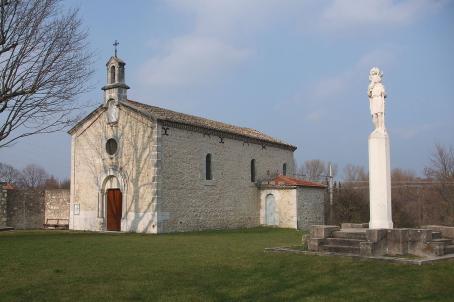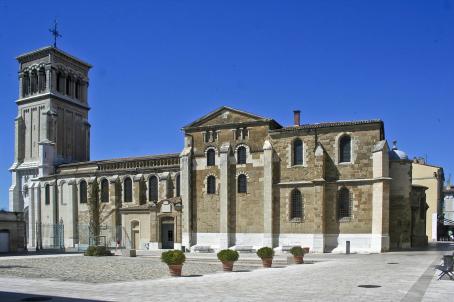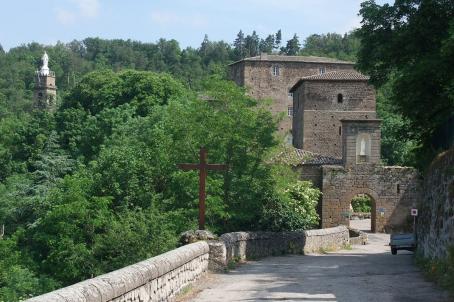Collegiate Church of Saint-Julien
A rare testimony to the Gothic architecture in Ardèche, the church of St Julien is one of the best preserved in this region. Registered on the list of historical monuments, it reminds us of the ancient character of the Tournonian heritage. Probably built on the site of a Roman temple and certainly in the place of a Romanesque church (basic remains of the bell tower), it is dedicated to St Julien, a Roman centurion beheaded in Brioude (Auvergne) during the reign of Emperor Diocletian (245-313). Erected as a collegiate church between 1316 and 1348, the church of St Julien constitutes a rather surprising architectural ensemble: the offset bell tower, the chapels replaced by houses, the Italian-style ceiling give it an atypical character.
About this building
Composed of a bell tower placed on the main facade to the left of the entrance portal, the church has three nave with ceilings ("coffered ceiling"). The adopted plan is called "basilical", oriented. The building has several annexed chapels, including the chapel known as the "Chapel of the Penitents". Its long main nave of four bays communicates by large arcades with narrow aisles. Its land register surface area is 1,322 m² (3,322 sq ft). As a result, the collegiate church of Saint-Julien is one of the largest Catholic churches in the northern Ardèche, along with the church of Notre-Dame d'Annonay and the basilica of Lalouvesc.






